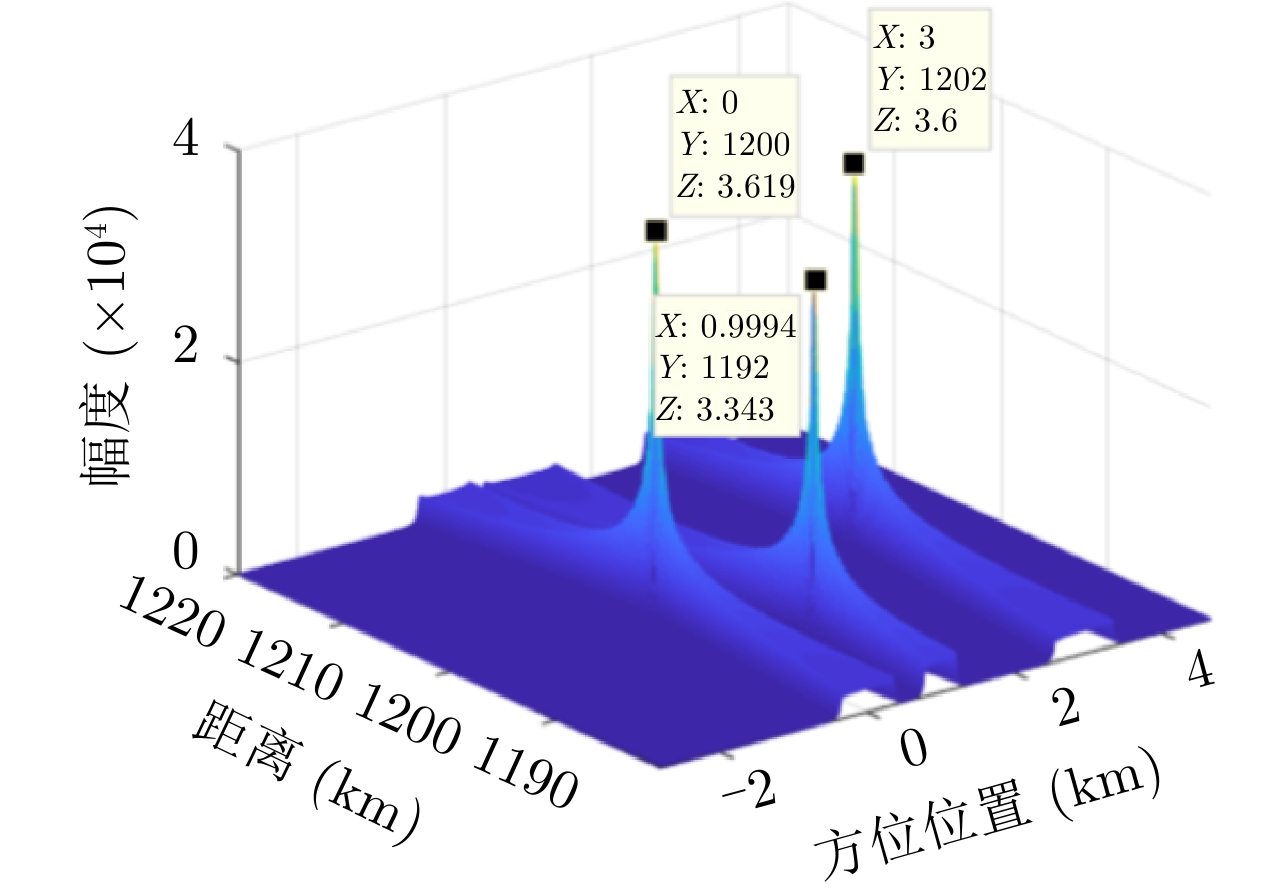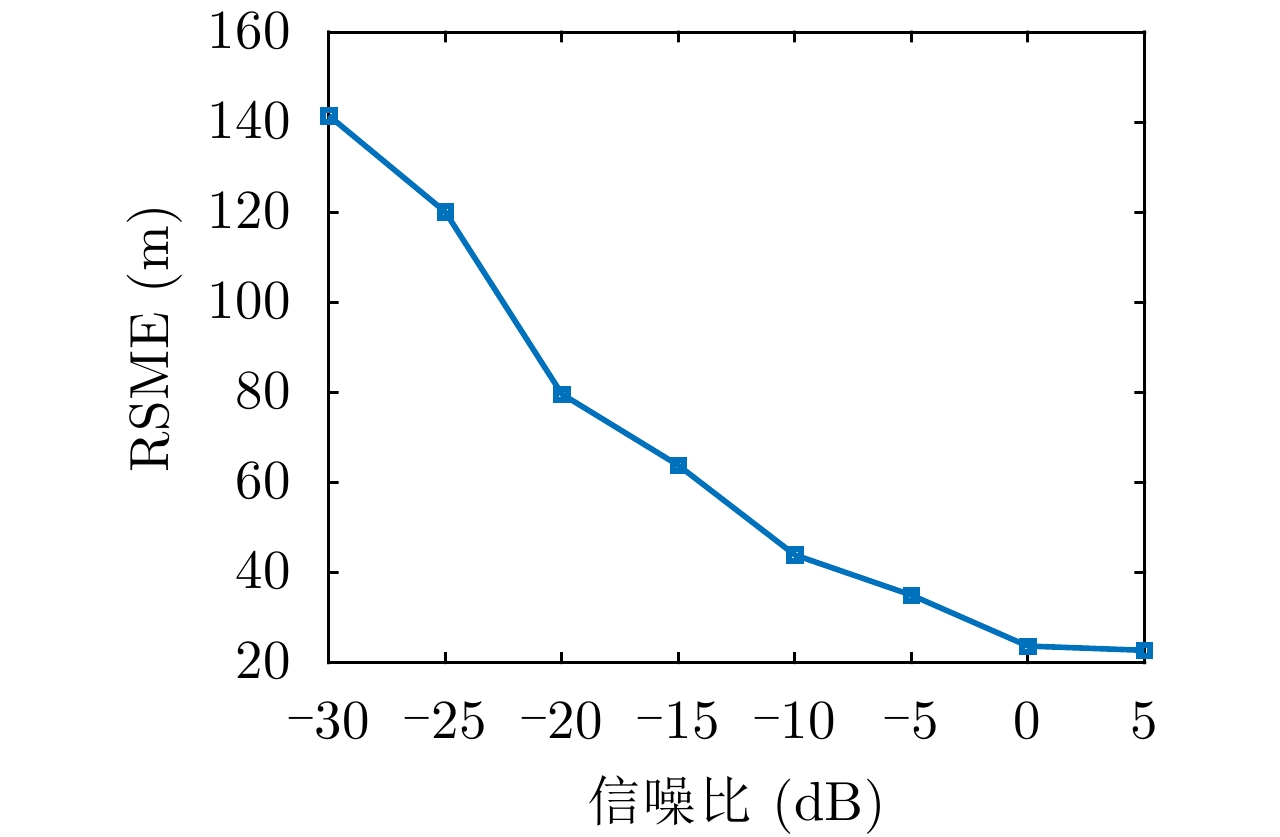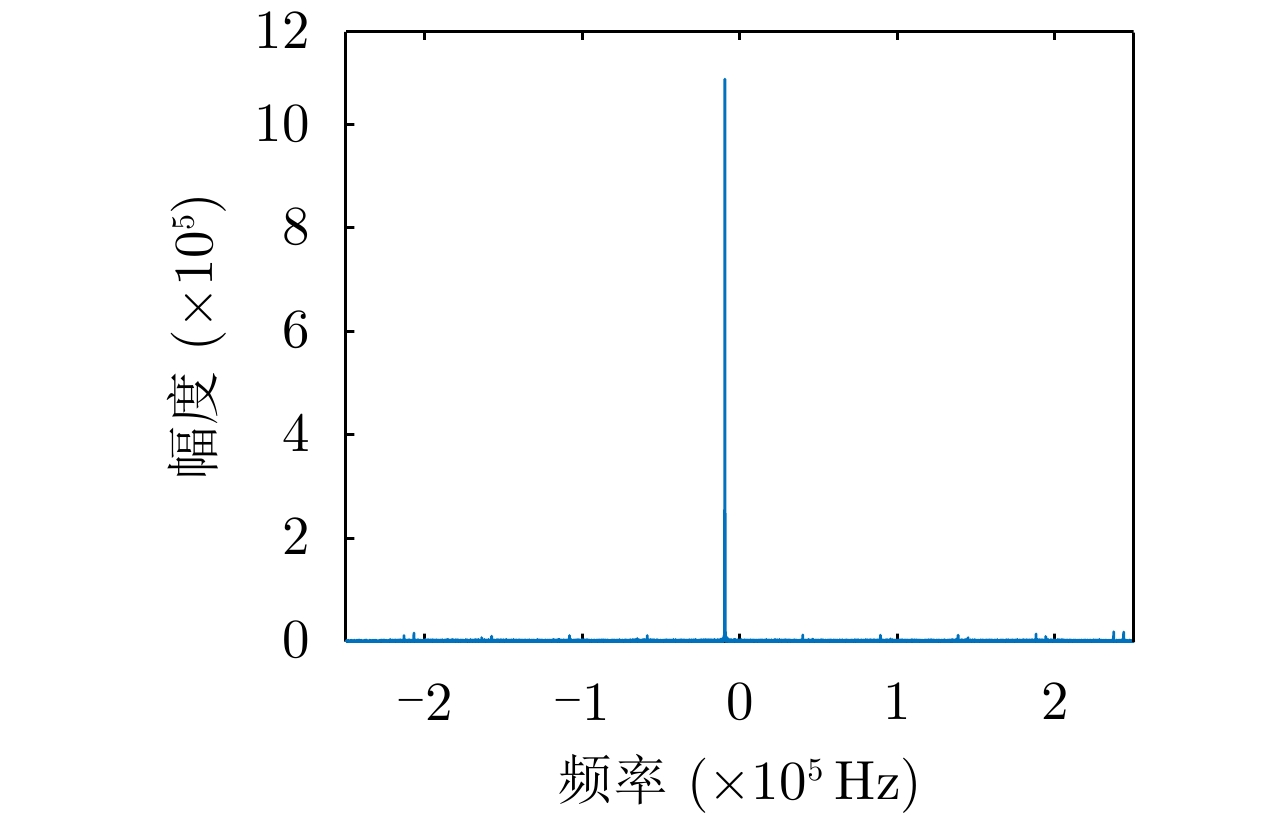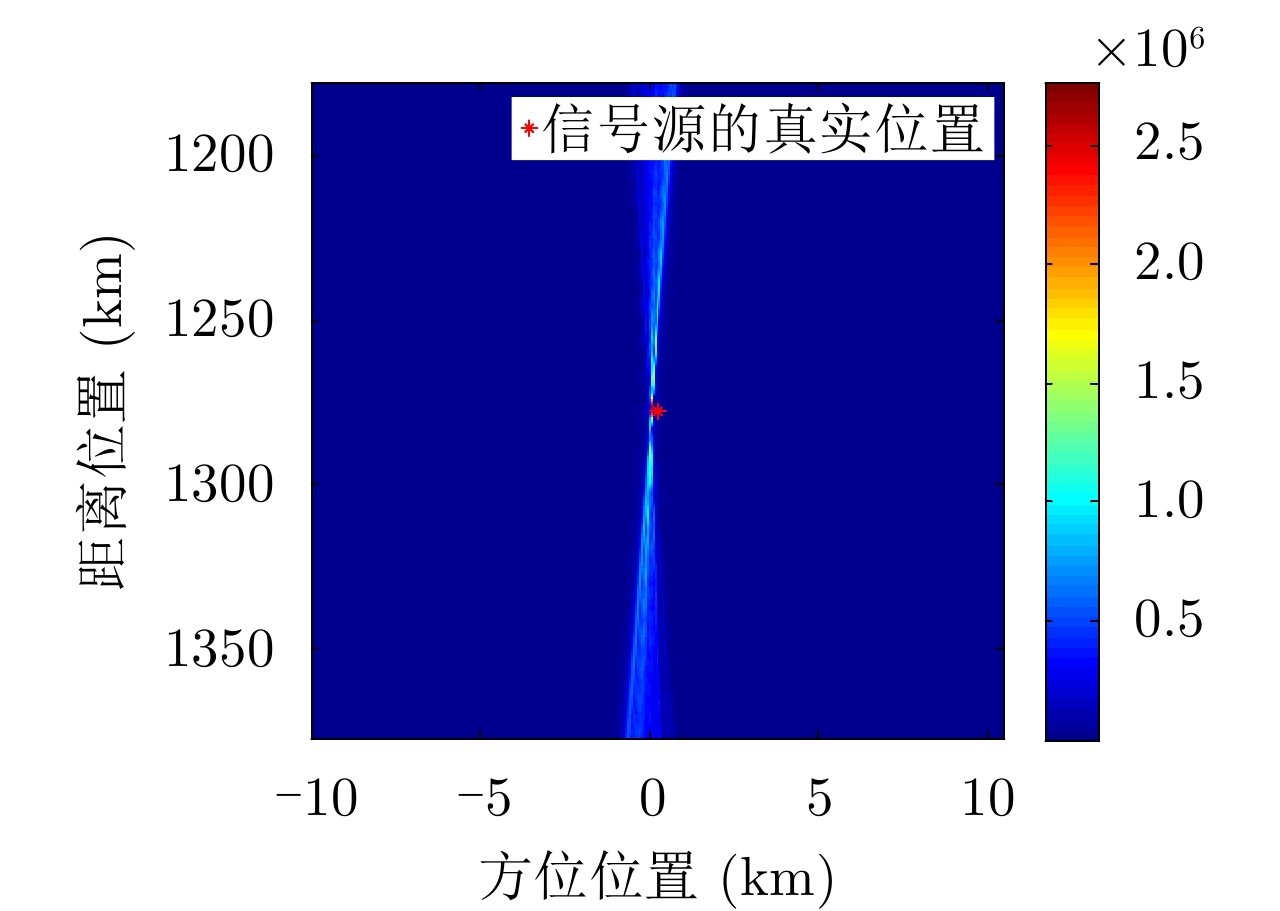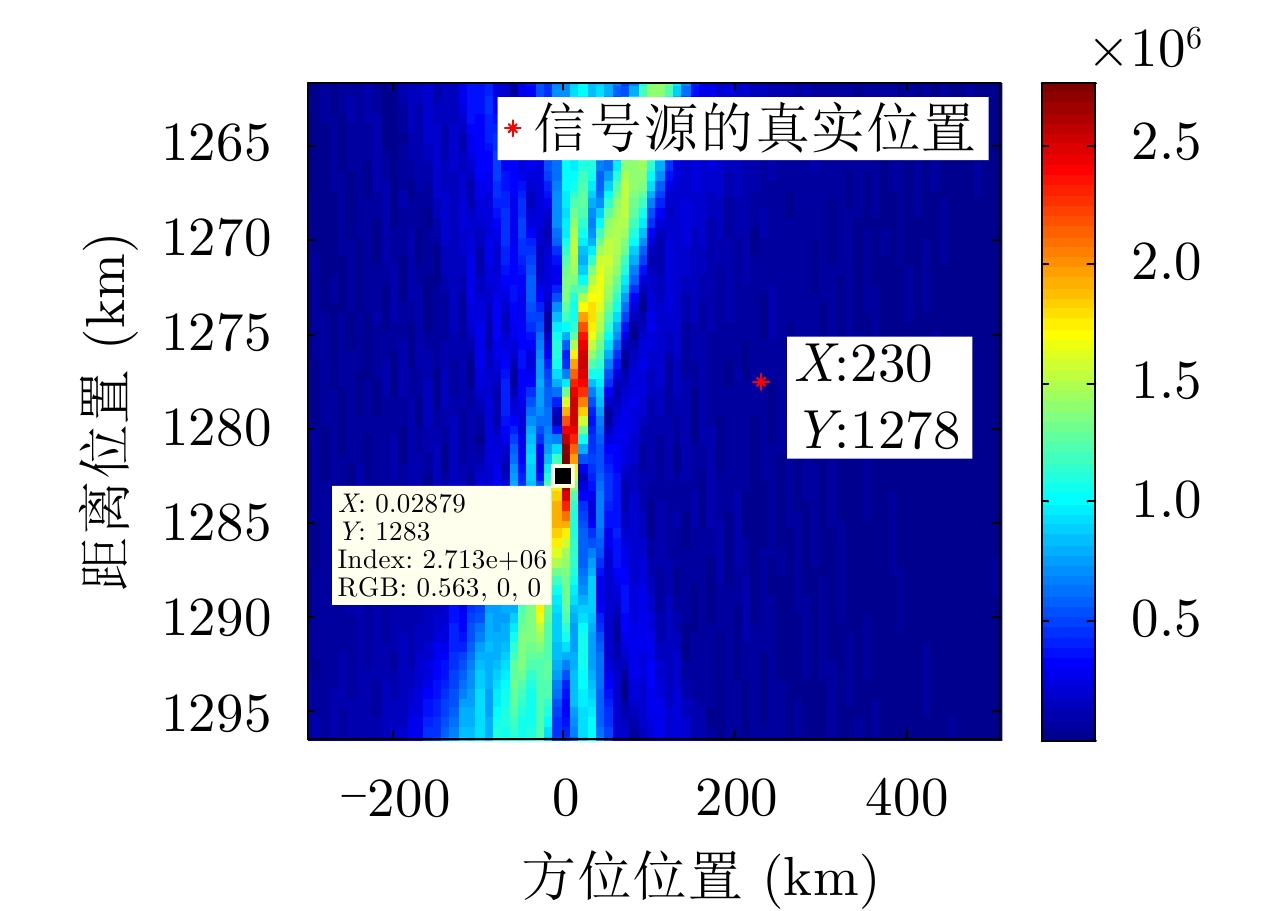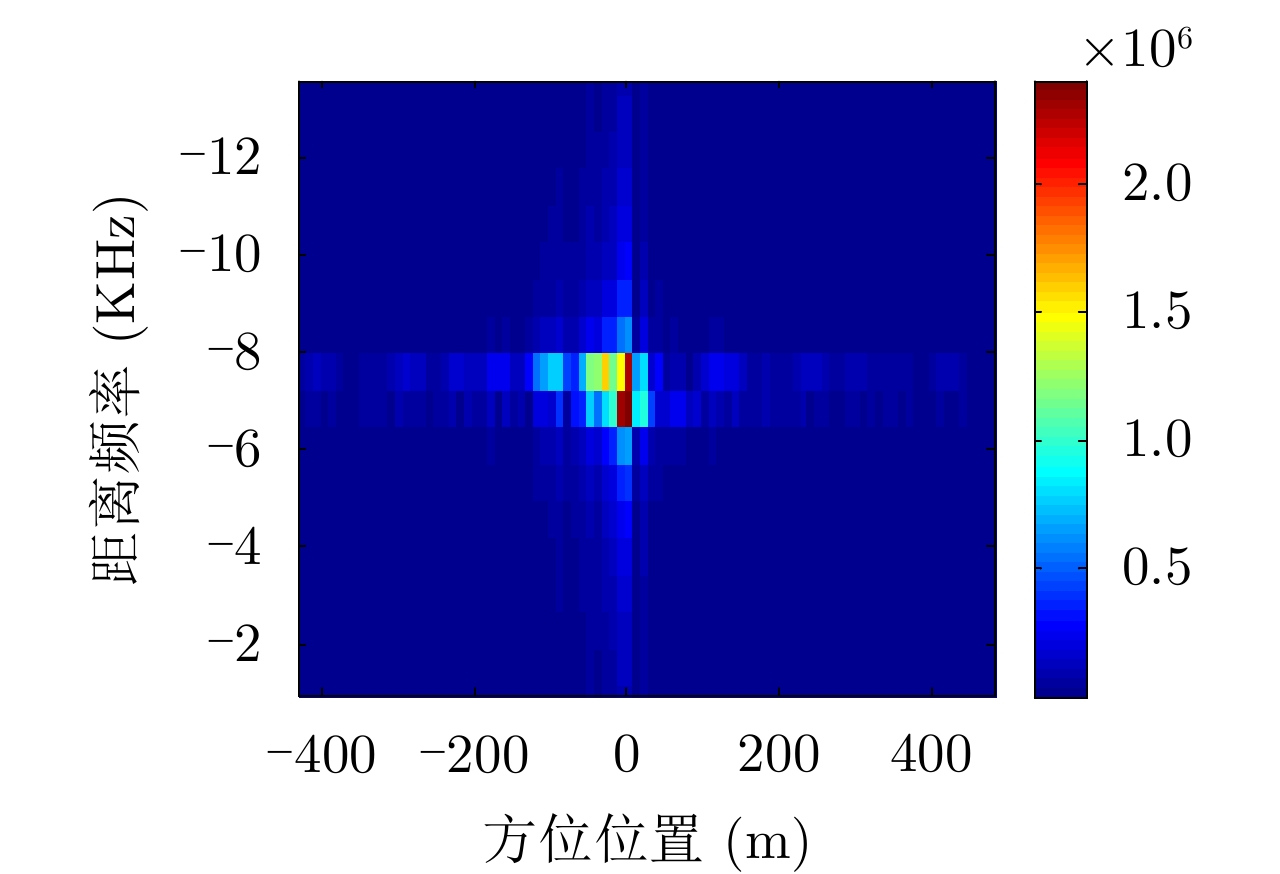| [1] |
赵国庆. 雷达对抗原理[M]. 西安: 西安电子科技大学出版社, 1999.
ZHAO Guoqing. Principle of Radar Countermeasure[M]. Xi’an: Xidian University Press, 1999.
|
| [2] |
杨小牛, 楼才义, 徐建良. 软件无线电原理与应用[M]. 北京: 电子工业出版社, 2001.
YANG Xiaoniu, LOU Caiyi, and XU Jianliang. Software Radio Principles and Applications[M]. Beijing: Publishing House of Electronics Industry, 2001.
|
| [3] |
胡来招. 雷达侦察接收机设计[M]. 北京: 国防工业出版社, 2000.
HU Laizhao. Design for Radar Reconnaissance Receivers[M]. Beijing: National Defense Industry Press, 2000.
|
| [4] |
胡来招. 关于定点侦察的思考[J]. 通信对抗, 2009, (4): 3–5, 9.
HU Laizhao. Considerations on position-based reconnaissance[J]. Communication Countermeasures, 2009, (4): 3–5, 9.
|
| [5] |
ZHOU Longjian, ZHU Weiqiang, LUO Jingqing, et al. Direct positioning maximum likelihood estimator using TDOA and FDOA for coherent short-pulse radar[J]. IET Radar, Sonar & Navigation, 2017, 11(10): 1505–1511. doi: 10.1049/iet-rsn.2016.0437 |
| [6] |
ZHANG Huichuan, SUN Zhengbo, PENG Huafeng, et al. A DTO and DFO estimation algorithm of broadband frequency-hopping pulse signal[C]. The 2012 2nd International Conference on Computer Science and Network Technology, Changchun, China, 2012: 188–192. doi: 10.1109/ICCSNT.2012.6525918. |
| [7] |
ZHANG Jie, JIANG Jianzhong, and GUO Junli. Multi-station passive localization based on CWLS algorithm[J]. Journal of Signal Processing, 2015, 31(1): 119–126. doi: 10.3969/j.issn.1003-0530.2015.01.017 |
| [8] |
秦兆涛, 王俊, 魏少明, 等. 基于目标高度先验信息的多站时差无源定位方法[J]. 电子与信息学报, 2018, 40(9): 2219–2226. doi: 10.11999/JEIT171231QIN Zhaotao, WANG Jun, WEI Shaoming, et al. Passive localization using TDOA measurements from multiple sensors based on priori knowledge of target altitude[J]. Journal of Electronics & Information Technology, 2018, 40(9): 2219–2226. doi: 10.11999/JEIT171231 |
| [9] |
FANG Jiaqi, FENG Dazheng, and LI Jin. A robustly convergent algorithm for source localization using time difference of arrival and frequency difference of arrival[J]. Journal of Electronics & Information Technology, 2015, 37(4): 798–803. doi: 10.11999/JEIT140560 |
| [10] |
LU Annan and YANG Xiaoniu. Passive location with minimizing phase difference error by single satellite[J]. Aerospace Shanghai, 2007, 24(3): 6–9. doi: 10.3969/j.issn.1006-1630.2007.03.002 |
| [11] |
MO Chengkun, CHEN Shuxin, WU Hao, et al. Recursion least-squares passive location algorithm based on angle information[J]. Computer Measurement & Control, 2014, 22(9): 2863–2866. doi: 10.3969/j.issn.1671-4598.2014.09.046 |
| [12] |
YOU Qubo, WU Yaoyun, HU Fei, et al. Bearing-only target location and tracking algorithm based on joint estimation with two flight segments of single observer[J]. Electronic Information Warfare Technology, 2019, 34(5): 28–31. doi: 10.3969/j.issn.1674-2230.2019.05.007 |
| [13] |
LI Teng, GUO Fucheng, and JIANG Wenli. A novel method for satellite-borne passive localization using interferometer and its error analysis[J]. Journal of National University of Defense Technology, 2012, 34(3): 164–170. doi: 10.3969/j.issn.1001-2486.2012.03.032 |
| [14] |
SHI Rong, YAN Jian, and ZHANG Cong. Analysis on precision and infection factors about phase difference measurement for interferometer[J]. Aerospace Electronic Warfare, 2013, 29(2): 35–38. doi: 10.3969/j.issn.1673-2421.2013.02.011 |
| [15] |
WANG Kerang, LI Juanhui, ZHU Xiaodan, et al. A novel improving angle accuracy method for phase interferometer[J]. Aerospace Electronic Warfare, 2017, 33(4): 7–10. doi: 10.16328/j.htdz8511.2017.04.003 |
| [16] |
DAI Huanyao, SHEN Xujian, QIAO Huidong, et al. Interferometer angle measurement performance modeling and simulation based on polarization error[J]. Computer Simulation, 2013, 30(10): 237–240. doi: 10.3969/j.issn.1006-9348.2013.10.054 |
| [17] |
ZHENG Kun and WANG Bing. Influences analysis on interferometer direction-finding of simultaneous multiple source signals under common-frequency[J]. Electronic Information Warfare Technology, 2018, 33(6): 1–5. doi: 10.3969/j.issn.1674-2230.2018.06.001 |
| [18] |
许志伟, 王运锋, 张小琴. 基于只测向的机载单站定位技术[J]. 四川大学学报: 自然科学版, 2017, 54(2): 293–297.
XU Zhiwei, WANG Yunfeng, and ZHANG Xiaoqin. Airborne single-station passive location technology only based on bearing method[J]. Journal of Sichuan University:Natural Science Edition, 2017, 54(2): 293–297.
|
| [19] |
ZHANG Min, FENG Daowang, and GUO Fucheng. Passive localization by a single satellite based on Doppler rate-of-change[J]. Aerospace Electronic Warfare, 2009, 25(5): 11–13, 64. doi: 10.3969/j.issn.1673-2421.2009.05.004 |
| [20] |
CAO Dongbo, ZHANG Min, and JIANG Wenli. Accuracy analysis for passive localization of a single satellite based on Doppler rate-of-change[J]. Aerospace Electronic Warfare, 2010, 26(4): 1–4, 64. doi: 10.3969/j.issn.1673-2421.2010.04.001 |
| [21] |
TAN Xinrong, GAO Xianjun, LI Baozhu, et al. An improved tracking filter algorithm of single observer passive localization based on Doppler changing rate[J]. Electronic Design Engineering, 2014, 22(8): 77–80. doi: 10.3969/j.issn.1674-6236.2014.08.024 |
| [22] |
LI Hua and GUO Fucheng. A fusion of angle and Doppler rate-of-changing based tracking method forconstant altitude moving target by single satellite[J]. Space Electronic Technology, 2018, 15(4): 41–48. doi: 10.3969/j.issn.1674-7135.2018.04.009 |
| [23] |
WALTER W G. Synthetic Aperture Radar and Electronic Warfare[M]. New York: Artech House, 1993.
|
| [24] |
保铮, 邢孟道, 王彤. 雷达成像技术[M]. 北京: 电子工业出版社, 2005.
BAO Zheng, XING Mengdao, and WANG Tong. Radar Imaging Technology[M]. Beijing: Publishing House of Electronics Industry, 2005.
|
| [25] |
CUMMING I G and WONG F H. Digital Signal Processing of Synthetic Aperture Radar Data: Algorithms and Implementation[M]. Norwood, UK: Artech House, Inc., 2005.
|
| [26] |
SUN Guangcai, XING Mengdao, XIA Xianggen, et al. Beam steering SAR data processing by a generalized PFA[J]. IEEE Transactions on Geoscience and Remote Sensing, 2013, 51(8): 4366–4377. doi: 10.1109/TGRS.2012.2237407 |
| [27] |
SUN Guangcai, XING Mengdao, XIA Xianggen, et al. A unified focusing algorithm for several modes of SAR based on FrFT[J]. IEEE Transactions on Geoscience and Remote Sensing, 2013, 51(5): 3139–3155. doi: 10.1109/TGRS.2012.2212280 |
| [28] |
YANG Jun, SUN Guangcai, CHEN Jianlai, et al. A subaperture imaging scheme for wide azimuth beam airborne SAR based on modified RMA with motion compensation[C]. Proceedings of 2014 IEEE Geoscience and Remote Sensing Symposium, Quebec City, Canada, 2014: 608–611. doi: 10.1109/IGARSS.2014.6946496. |
| [29] |
LIU Baochang, WANG Tong, and BAO Zheng. Slant-range velocity estimation based on Small-FM-Rate chirp[J]. Signal Processing, 2008, 88(10): 2472–2482. doi: 10.1016/j.sigpro.2008.04.013 |
| [30] |
WU Yufeng, SUN Guangcai, XIA Xianggen, et al. An improved SAC algorithm based on the range-keystone transform for Doppler rate estimation[J]. IEEE Geoscience and Remote Sensing Letters, 2013, 10(4): 741–745. doi: 10.1109/LGRS.2012.2220753 |
| [31] |
孙光才, 周峰, 邢孟道, 等. 虚假场景SAR欺骗式干扰技术及实时性分析[J]. 西安电子科技大学学报, 2009, 36(5): 813–818, 866.
SUN Guangcai, ZHOU Feng, XING Mengdao, et al. Deception-jamming technology against the SAR based on the deceptive scene and real-time analyses[J]. Journal of Xidian University:Natural Science, 2009, 36(5): 813–818, 866.
|
| [32] |
刘亚波, 刘霖, 童智勇, 等. S波段高分辨宽幅SAR辐射定标及误差分析方法[J]. 电子与信息学报, 2019, 41(8): 1946–1951. doi: 10.11999/JEIT180983LIU Yabo, LIU Lin, TONG Zhiyong, et al. A radiometric calibration and error analysis method for HWRS SAR at S-band[J]. Journal of Electronics & Information Technology, 2019, 41(8): 1946–1951. doi: 10.11999/JEIT180983 |
| [33] |
洪文, 王彦平, 林赟, 等. 新体制SAR三维成像技术研究进展[J]. 雷达学报, 2018, 7(6): 633–654. doi: 10.12000/JR18109HONG Wen, WANG Yanping, Lin Yun, et al. Research progress on three-dimensional SAR imaging techniques[J]. Journal of Radars, 2018, 7(6): 633–654. doi: 10.12000/JR18109 |
| [34] |
BORN M and WOLF E. Principles of Optics[M]. New York: Pergamon Press, 1959.
|




 Submit Manuscript
Submit Manuscript Peer Review
Peer Review Editor Work
Editor Work

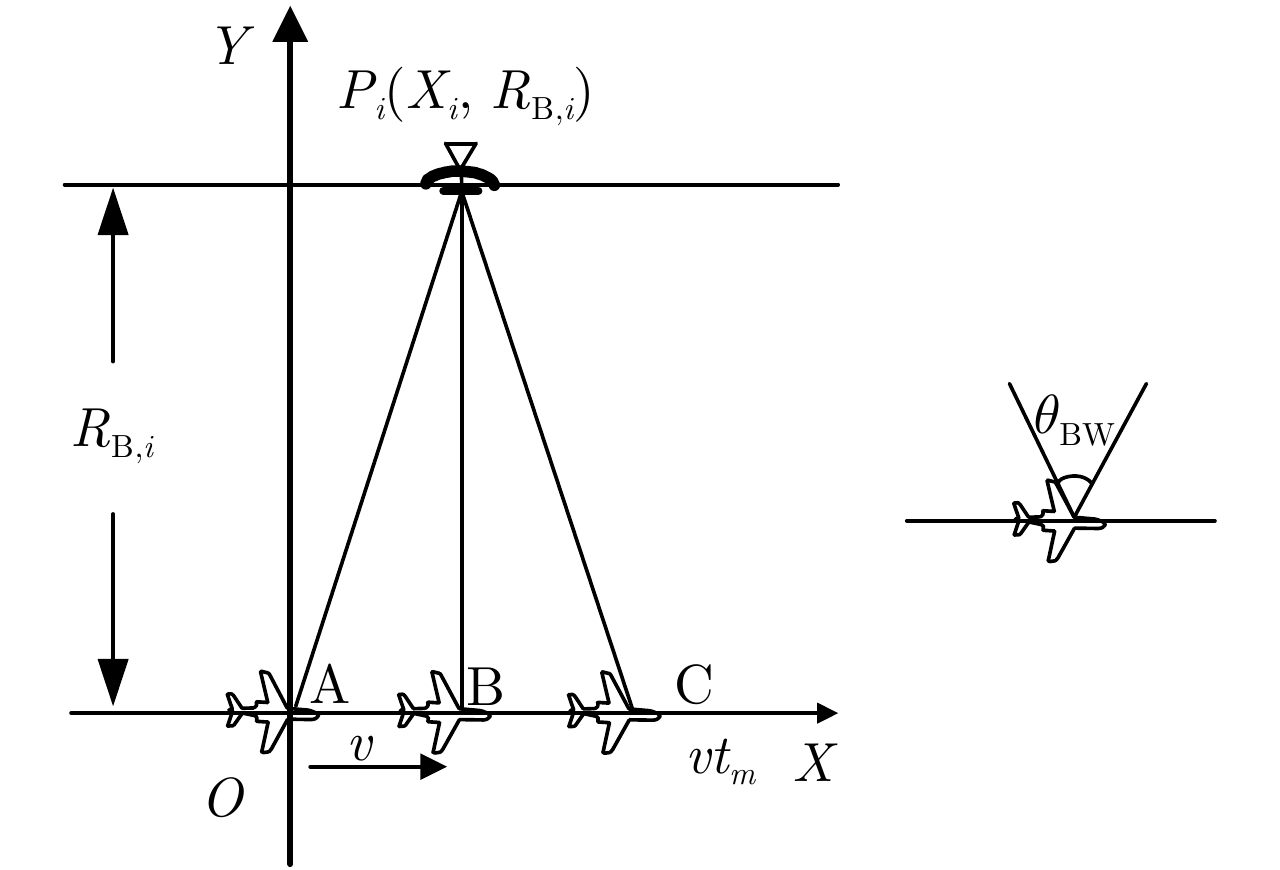



 DownLoad:
DownLoad:



